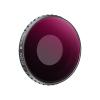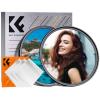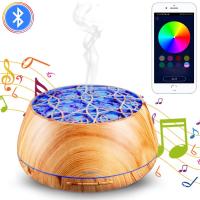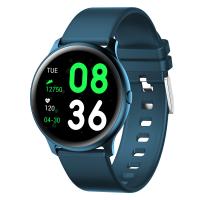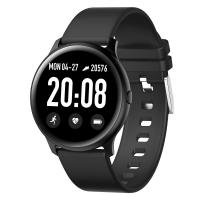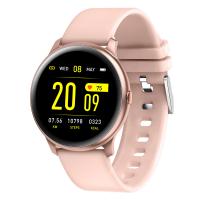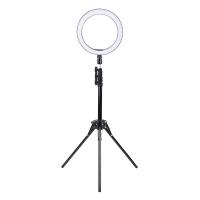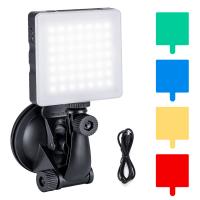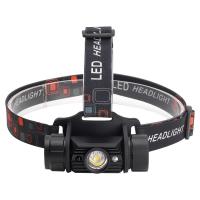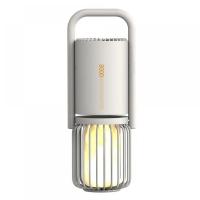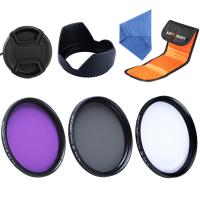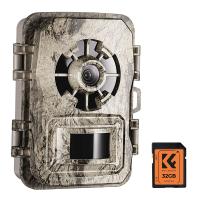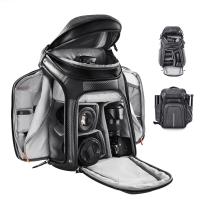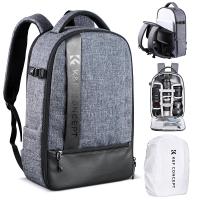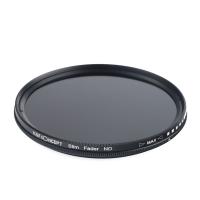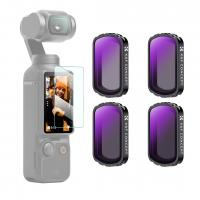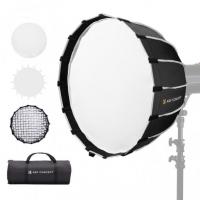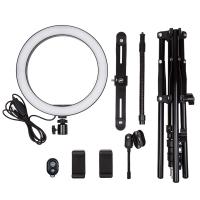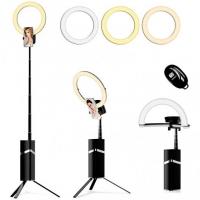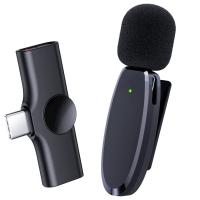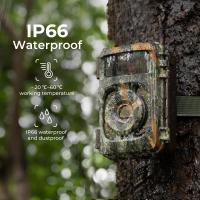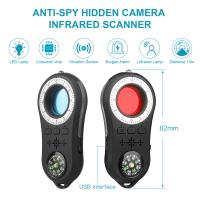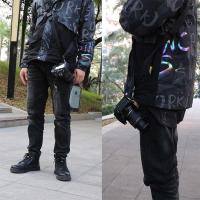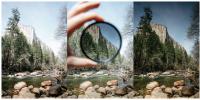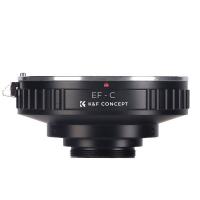What Is Continuous Lighting Photography?
In the dynamic world of photography, the type and quality of lighting can dramatically affect the outcome of an image. Continuous lighting photography, as the name implies, involves using constant light sources rather than flashes or strobe lights. This technique is gaining popularity not only among beginners but also veterans of the craft due to its simplicity and versatility. In this article, we will delve deep into what continuous lighting photography entails, its benefits, common equipment, and practical tips to enhance your photographic projects.

Understanding Continuous Lighting Photography
Continuous lighting provides a constant source of light that remains steady while shooting. This is in contrast to strobe or flash lighting, which emits a brief burst of light. By providing a continuous light source, photographers can see how the light interacts with their subjects in real-time, allowing them to make instant adjustments.
The primary types of continuous lighting used in photography include tungsten lights, LED panels, and fluorescent lights. Each of these has distinct characteristics:
1. Tungsten Lights: Known for their warm color temperature, generally around 3200K, tungsten lights are inexpensive and easy to use. However, they produce a lot of heat, which can be uncomfortable for both the photographer and the subject during extended sessions.
2. LED Panels: These are energy-efficient, produce less heat, and are available in various color temperatures. While they can be more expensive initially, their longevity and versatility often make them a preferred choice.
3. Fluorescent Lights: These offer energy efficiency and a cooler output compared to tungsten lights. However, some fluorescent lights can have a greenish hue, which may require color correction to achieve accurate colors in your photograph.
Benefits of Continuous Lighting Photography
The advantages of continuous lighting in photography are numerous and make it an attractive option for many photographers:
- Ease of Use: The constant stream of light allows photographers to see the effects of lighting in real-time, removing the guesswork involved in setting up the perfect shot.
- Versatility: Continuous lights are ideal for both photography and videography. This dual-purpose capability is particularly useful in modern multimedia projects.
- Learning Curve: For beginners, continuous lights are straightforward to understand and use, offering a smoother introduction to professional lighting techniques.
- Control: Photographers have better control over shadows, highlights, and overall composition since the light is not intermittent.
Choosing the Right Continuous Lighting Equipment
1. Light Source: Selecting between tungsten, LED, and fluorescent lights depends on your specific needs. For portability, efficiency, and versatility, LED panels are often the go-to choice.
2. Color Temperature: Matching the light's color temperature to the ambient light can prevent unnatural hues in your photos. Many continuous lighting kits now come with adjustable color temperature features.
3. Modifiers and Accessories: Softboxes, umbrellas, and diffusers help to soften and spread the light evenly across the subject, reducing harsh shadows and producing a more flattering image.
4. Mounts and Stands: Having sturdy, adjustable mounts and stands ensures the light can be positioned precisely where you need it, allowing creative freedom in your setups.
Practical Tips for Continuous Lighting Photography
1. Experiment with Angles: Position your light sources at different angles to see how it shapes the subject. Side lighting can create dramatic shadows, while front lighting can make the subject appear flatter but more evenly lit.
2. Use Multiple Lights: Employing multiple light sources can help to fill in shadows and add depth to your image. A common setup is using a key light, fill light, and backlight to sculpt the subject in three dimensions.
3. Adjust Light Intensity: Many continuous lights come with dimmable functions. Adjusting the intensity helps to find the right balance between light and shadow.
4. Observe Natural Light: If you’re shooting indoors, blend natural light with artificial continuous lights for a more balanced and pleasing result.
5. Color Correction: Always shoot in RAW format to allow for post-processing adjustments. Slight color shifts can be corrected in software to achieve accurate and true-to-life colors.
Applications of Continuous Lighting Photography
Continuous lighting is especially useful in various photography genres:
1. Portrait Photography: Provides a comfortable environment for the subject with less sudden bursts of light, leading to more natural expressions.
2. Product Photography: Offers consistent lighting conditions crucial for highlighting product details.
3. Macro Photography: Fine-tunes light placement, helping in capturing tiny subjects with clarity.
4. Videography: Continuous lighting is essential for video productions where strobe lighting is impractical or disruptive.
5. Event Photography: Reliable during events where constant illumination is needed, such as weddings or parties.
Conclusion
Continuous lighting in photography presents a versatile, user-friendly approach that benefits both novice and experienced photographers. By understanding the various tools and techniques involved, one can create consistently well-lit, professional-grade images. Whether you are venturing into portraiture, product photography, or videography, continuous lighting offers a reliable and effective solution to meet your creative needs.
Equipping yourself with the right knowledge and tools can make all the difference in the quality of your work. As you practice and explore the possibilities that continuous lighting offers, you'll find new and exciting ways to bring your photographic visions to life. Embrace the light, and let your creativity shine!

